Kites and Candles
-
0
-
0Shares
[a S4C story by Antonio Amendola and Elio Germani] in italiano più sotto
Bruxelles, 2015
“Have you heard about those afghans who live in a Church, here, downtown Brussels?”
“No, I have not”
Stories happen. And this one started like this.
Elio Germani and I came across this information and we thought it would be interesting to see how Brussels is coping with integration of muslims mostly in light of what is happening around Europe and the Middle East. Cultural tension is being pumped up all the time.
So we went to the Church of Saint John the Baptist at the Béguinage (familiarly known simply as the Béguinage), a beautiful and elegant baroque Church right in the middle of Brussels hearth.
By the way, the “Beguines” were lay women who lived a communal life but were not bound by perpetual vows. They built an infirmary and an hospice here. Then they were dispersed. But somehow, the genius loci and the “attitude of hospitality” remains.
You might recall, however, the events that took place in that place in 1998, the story of the tragic expulsion of Semira Adamu. She was a 20 year old asylum seeker from Nigeria who was suffocated to death with a pillow by two Belgian police officers who tried to calm her during their expulsion effort. She first fled Nigeria because of a forced marriage.
The tragic events triggered the occupation of the church by candidates political refugees awaiting regularization from October 1998 to January 1999.
It seems that the Church of the Beguinage, somehow, began
a symbol of acceptance, hospitality and tolerance.
What we saw was outstanding. Around 40 Afghan Refugees live in tents inside the Church. There are tents among the banks and statues of Christ and Saints inside the tents.
They are muslims and they live in a catholic Church. Some of them since two years. They want justice, papers and the possibility of living a normal Life, looking for a job, paying taxes. Just that. The basic civic needs.
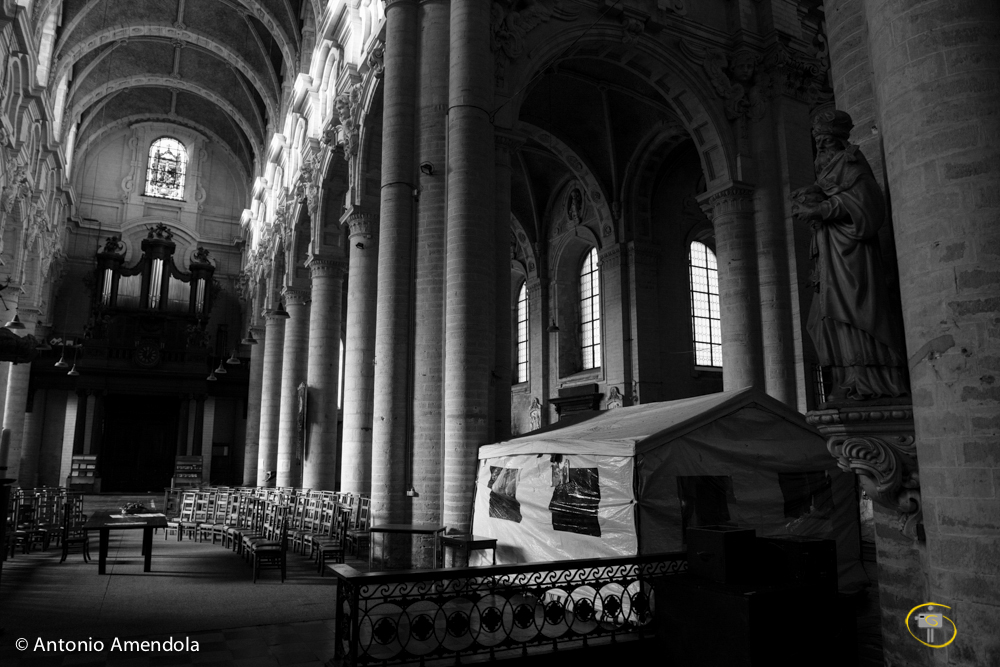
But local administration is not addressing their needs and therefore they are spending their time demonstrating and shouting out loud their need for Justice.
They just ask for justice and demands for the papers as political refugees. All of them sought shelter in Europe from War in Afghanistan but are denied the status of political refugee. It happens all the time in Europe.
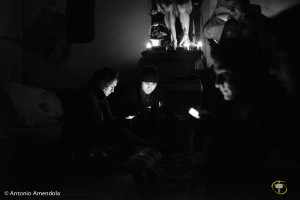 No electricity, no toilets, no showers, no hot food. People of the neighborhood help them with food and local cafe host their mobile phones to be recharged. They are their only available light at night and the only mean to be in touch with their families back home.
No electricity, no toilets, no showers, no hot food. People of the neighborhood help them with food and local cafe host their mobile phones to be recharged. They are their only available light at night and the only mean to be in touch with their families back home.
They respect the Church and are grateful for the hospitality. They safeguard it and keep it clean and ordered. When I asked one of them if the played any music to keep them company, he replied "No. This is a sacred place, we must respect it".
It is not an occupation. It’s hospitality as its best.
And a true example of how two apparently different culture and religions can live together.
We had the opportunity of spending some time with them. We sat with them, drank tea, eat breakfast and dinner, talked about their journeys and their dream of the future. They are quiet and peaceful People who live a sort of routine: waking up early in the morning, shower in some public toilet, charging mobile phones in nearby cafè and asking them to heat up some water in order to prepare tea for breakfast. Then going to weekly demonstration in front of some belgian Ministry, maybe going to language or IT classes. And then back to the Church before the lights go down. The Church become very dark at nights and during the long winter afternoons.
Their only link to their country are their kites.
They make them with paper and color them with Belgian, Afghanistan and EU flag.
A cultural blend made of both cultures symbols: the kites and the christian candles (their only source of light).
Their friends and families back home consider them dead because they live in a Church. And here they are invisible for us, without papers and anything.
They rally, they protest peacefully, they march in Brussels and around Belgium. They want to be seen and be heard.
And in the meantime they live among kites and candles.
Antonio Amendola and Elio Germani
PS this is only the initial story. We’ll spend more time with them and make sure the public opinion is well aware of their revendication.
Kites and Candle, Aquiloni e Candele
"Hai sentito parlare di quegli afghani che vivono in una Chiesa, qui, in centro, a Bruxelles?"
"No, mai"
Sono storie che succedono. E questa è iniziata così.
Io ed Elio Germani e ci siamo imbattuti in questa storia e abbiamo pensato che sarebbe stato interessante vedere come Bruxelles sta affrontando l’accoglienza e il tema dell'integrazione dei musulmani soprattutto alla luce di quanto sta accadendo in Europa e Medio Oriente. Si respira un’aria tesa da queste parti, ultimamente.
Così siamo andati alla chiesa di San Giovanni Battista al Béguinage (familiarmente conosciuta semplicemente come la chiesa del Béguinage), una bella ed elegante chiesa barocca proprio nel cuore di Bruxelles.
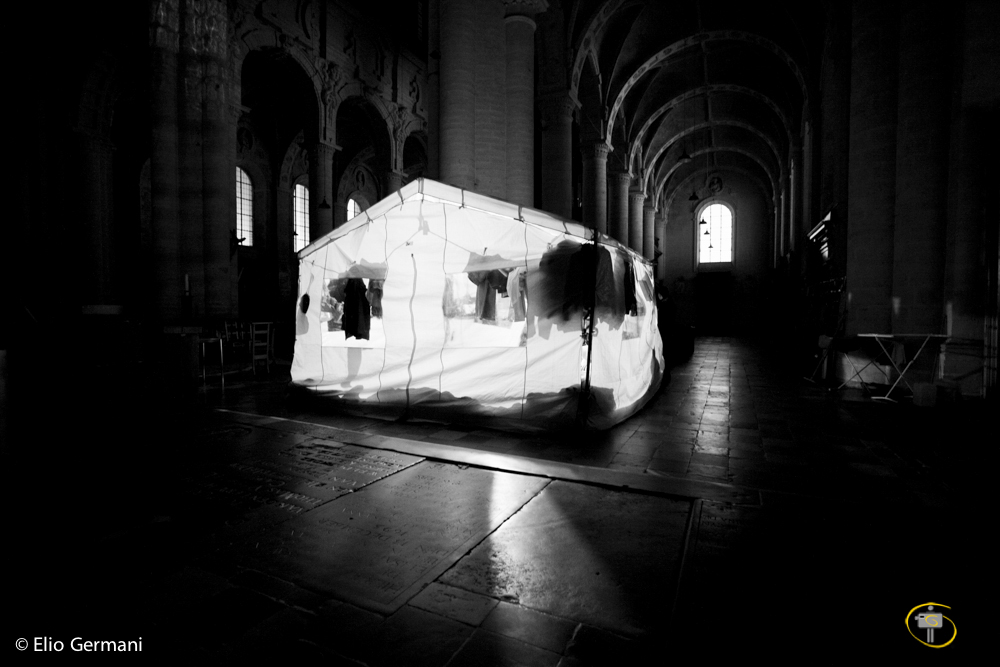
Le "beghine" erano donne laiche che sceglievano di vivere una vita di comunità, ma senza vincoli di voto. Una sorta di suore laiche. Costruirono una infermeria e un ospizio qui. Poi sono praticamente scomparse. Ma in qualche modo, il genius loci e la cultura dell’ ospitalità continuano a permeare questi luoghi.
Qualcuno ricoderà gli eventi che hanno avuto luogo in quella chiesa nel 1998. La storia della tragica espulsione di Semira Adamu, una giovane nigeriana di 20 anni, richiedente asilo, che fu soffocata a morte con un cuscino da due agenti di polizia belgi mentre cercavano di calmarla durante un’ espulsione.
I tragici eventi innescarono l'occupazione della chiesa da parte di richiedenti asilo politico in attesa di regolarizzazione da ottobre 1998 a gennaio 1999.
Sembra che la Chiesa del Beguinage, in qualche modo, sia diventata col tempo un simbolo di accoglienza e tolleranza.
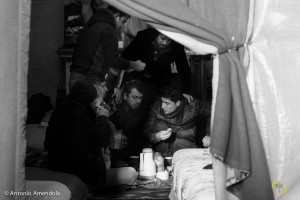
Quello che abbiamo visto è stato incredibile. Non ce lo aspettavamo. Circa 40 rifugiati afgani che vivono in tende all'interno della Chiesa, tra i banchi e le statue di Cristo e dei Santi (anche all'interno delle stesse tende).
Sono musulmani e vivono in una Chiesa cattolica. Alcuni di loro da due anni. Vogliono giustizia, documenti e la possibilità di vivere una vita normale, un lavoro. Vogliono pagare le tasse. Come tutti gli altri.
Ma l'amministrazione locale non sembra occuparsi delle loro richieste e quindi passano il loro tempo a dimostrare pacificamente gridando ad alta voce il loro bisogno di giustizia. Sono tutti scappati dalla Guerra. Vogliono vivere in pace.
Niente elettricità, niente servizi igienici, docce, nientecibo caldo. La gente del quartiere li aiuta con cibo e caffè e i caffè e locali del quartiere ospitano i loro telefoni cellulari per poterli ricaricare. Insieme alle candele dalla chiesa, i cellulari sono la loro unica sorgente di luce disponibile di notte e l'unico mezzo per rimanere in contatto con le loro famiglie.
Rispettano la Chiesa e sono grati per l'ospitalità. La curano, la custodiscono, la tengono pulita e ordinata. Quando ho chiesto a uno di loro se suonassero della musica per farsi compagnia, ha risposto "No. Questo è un luogo sacro, dobbiamo rispettarlo".
Non è un'occupazione. E’ ospitalità nella sua accezione migliore. E la religione non c’entra. O meglio, è simbolo di tolleranza reciproca, quello sì.
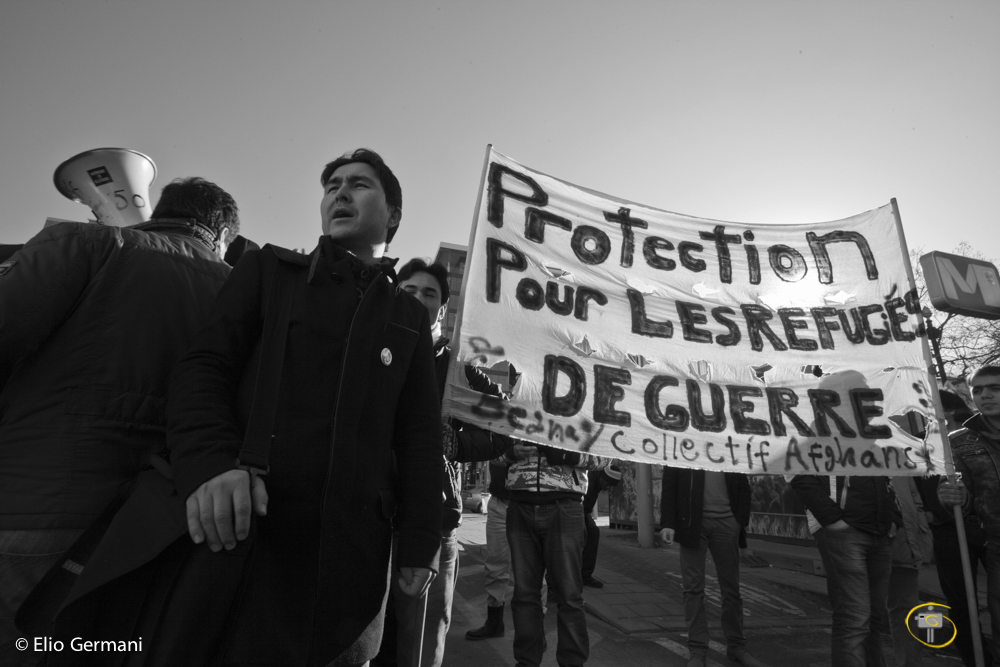
Questa storia è un vero esempio di come due culture e religioni apparentemente diverse possano vivere insieme.
Abbiamo avuto l'opportunità di trascorrere del tempo con loro. Ci siamo seduti con loro sui loro tappeti, bevuto il tè che ci hanno offerto, fatto colazione e cenato con loro, parlato del loro interminabile viaggio e dei loro sogni per il futuro.
Sono persone tranquille e pacifiche che vivono la solita routine: svegliarsi presto, doccia in un bagno pubblico della zona, ricarica dei cellulari nei caffè vicini chiedendo loro di scaldare un po’ d'acqua per preparare il tè per la prima colazione. Poi la manifestazione settimanale di fronte al Ministero, poi un corsi di francesce o informatica per immigrati. E alla fine di nuovo in Chiesa, “a casa”, prima che arrivi sera. La Chiesa diventa molto buia di notte e durante i lunghi pomeriggi invernali.
Il loro unico legame con il loro paese sono i loro aquiloni di carta. Uno degli oggetti più tipici dell’Afghanistan.
Li decorano con i colori del Belgio, dell'Afghanistan e dell'Unione europea.
Un sincretismo culturale di simboli di entrambe le culture: gli aquiloni afgani e le candele cristiane (la loro unica fonte di luce, insieme ai cellulari).
Si radunano, protestano pacificamente, marciano a Bruxelles e nei dintorni. Vogliono essere visti ed essere ascoltati.
E nel frattempo vivono tra aquiloni e candele.
Antonio Amendola e Elio Germani
PS questo è solo l’inizio. Passeremo più tempo con loro e faremo in modo che l’opinione pubblica sia ben consapevole delle loro rivendicazioni e che storie del genere succedono a pochi metri da casa. Sotto gli occhi (chiusi) di tutti.
Piano piano, racconteremo le loro singole storie e gli eventi che ruotano attorno alla loro comunità.
-
0
-
0Shares

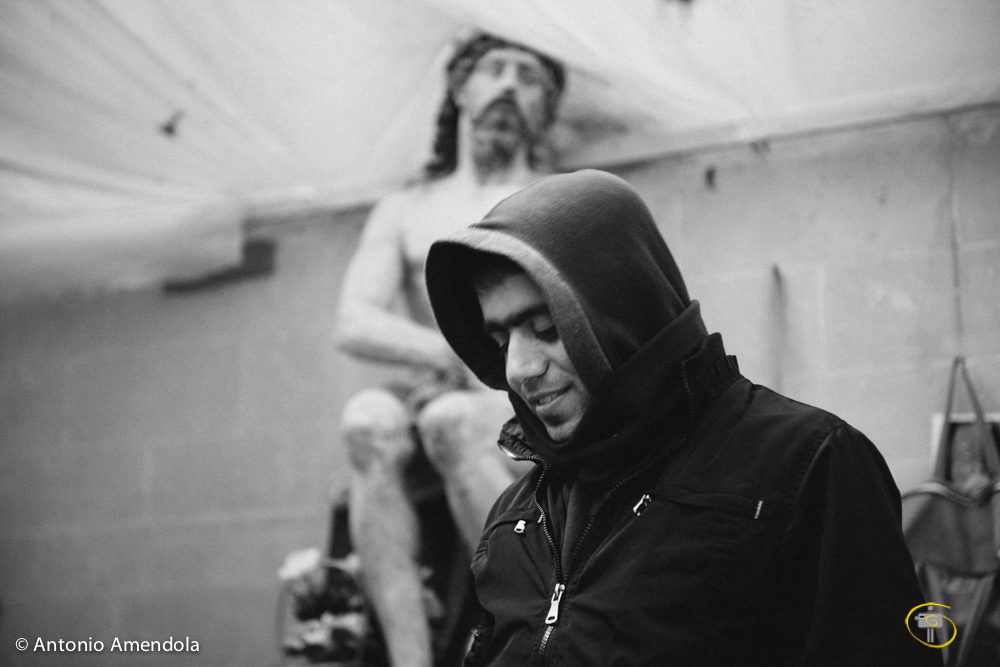

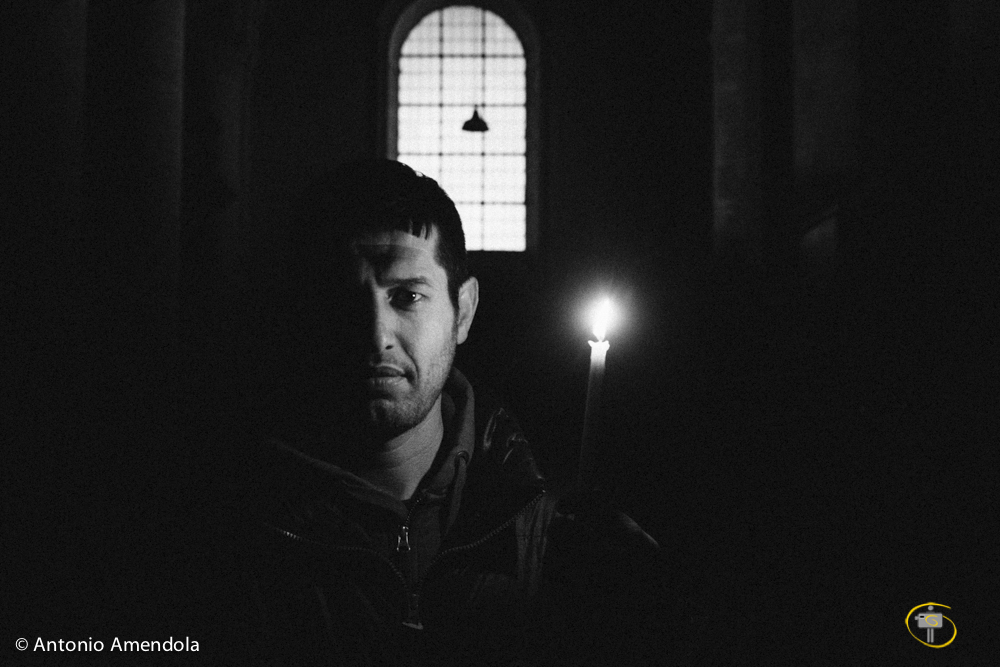
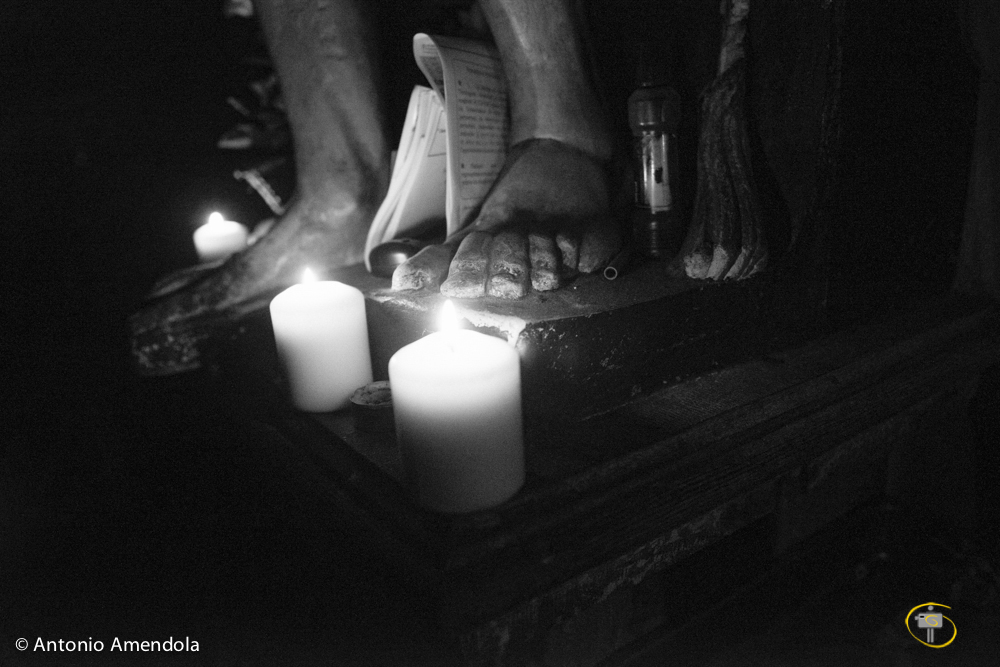
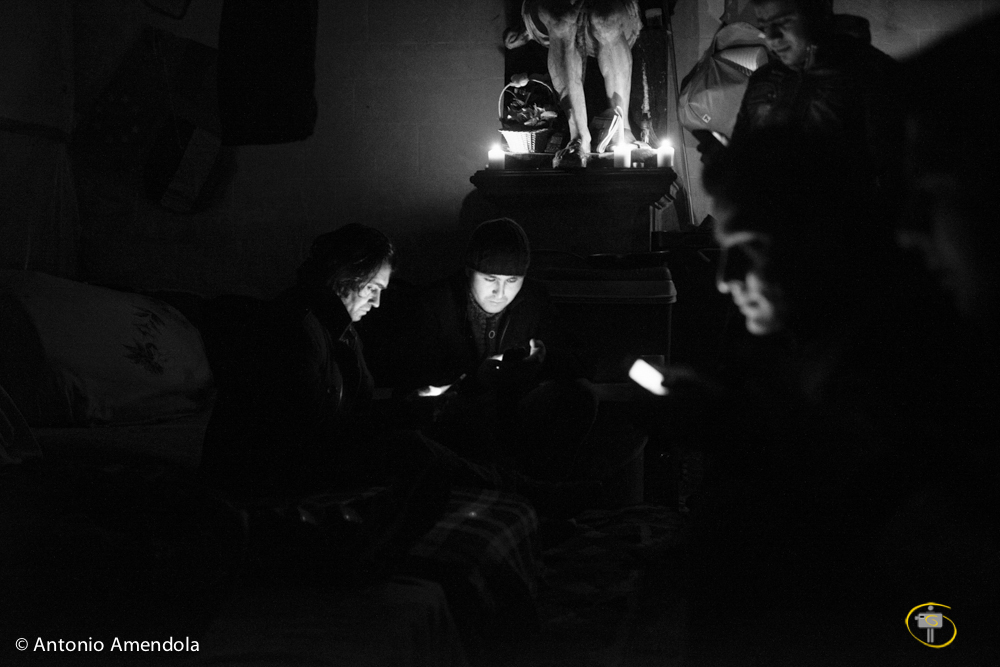
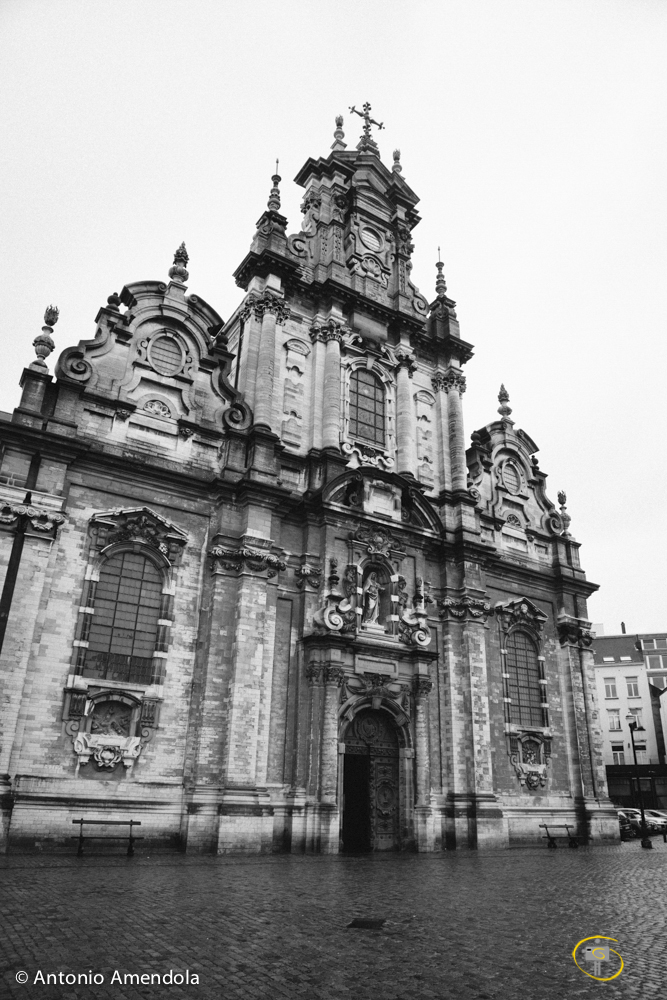
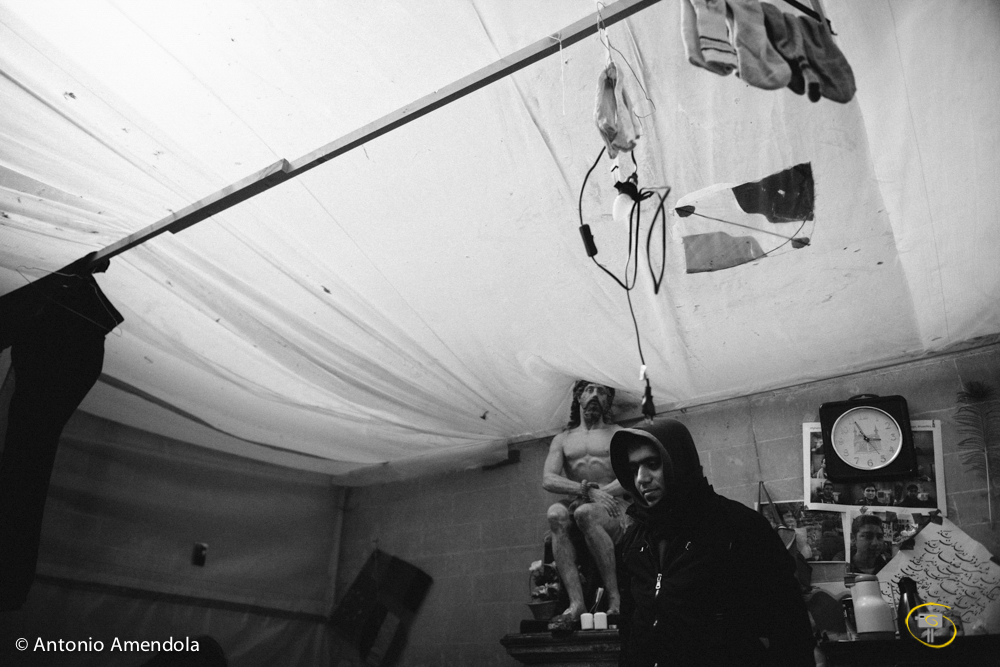
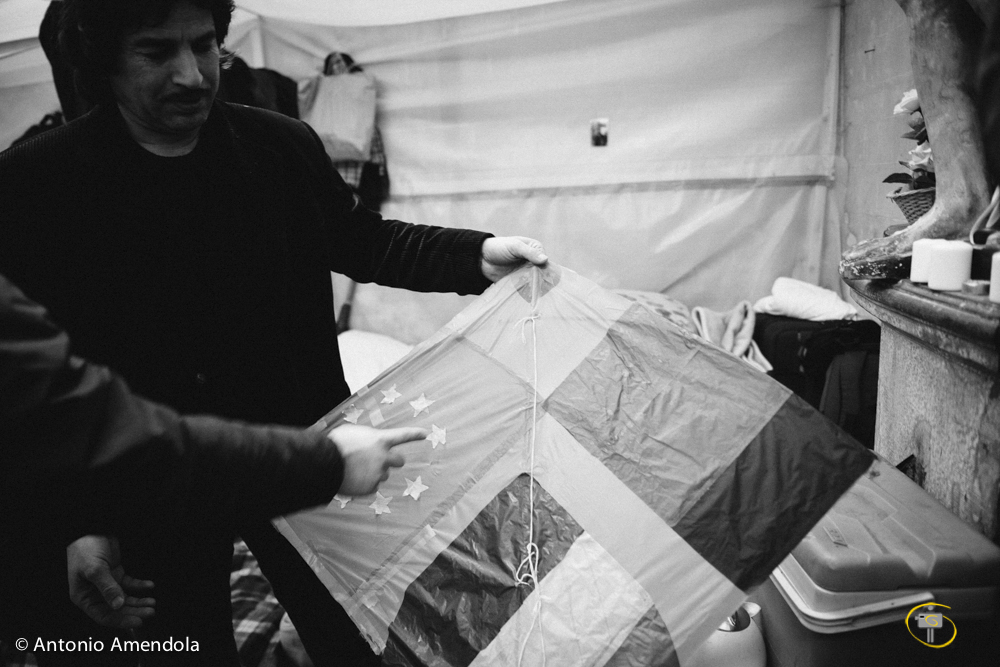
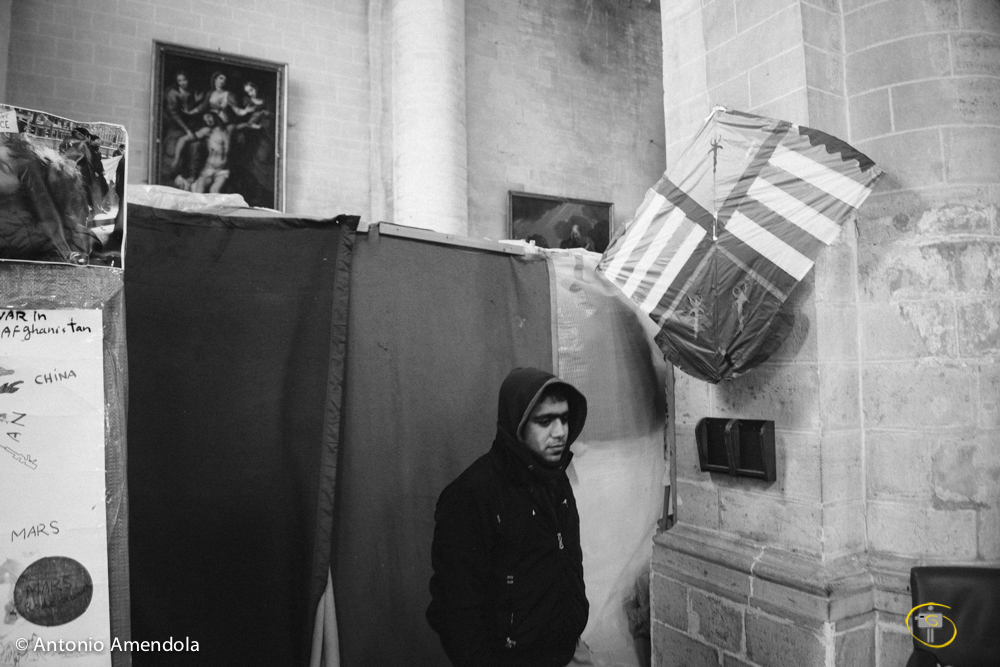

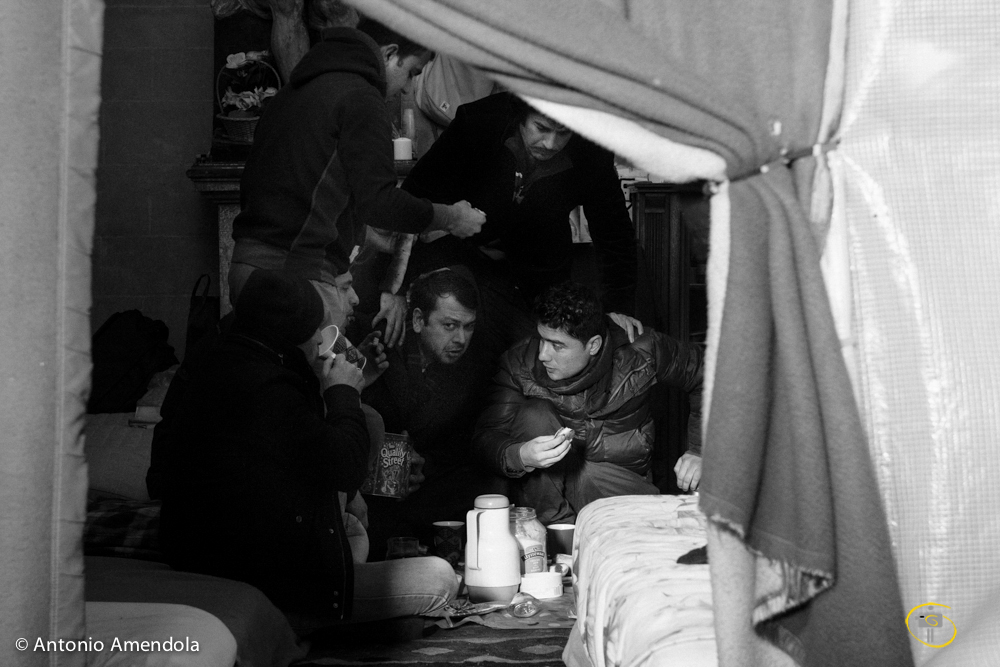
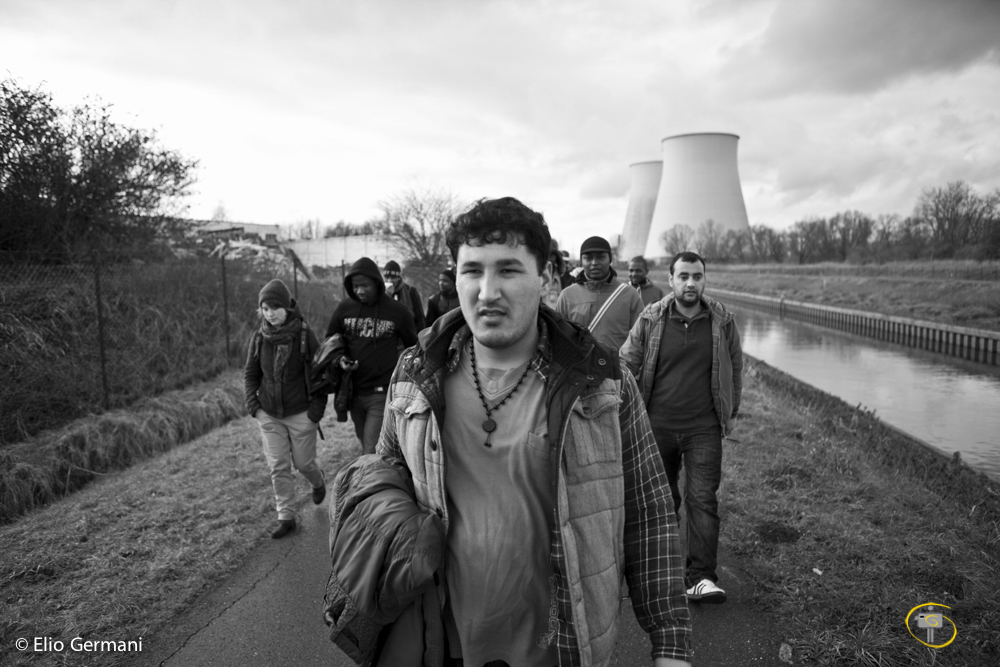
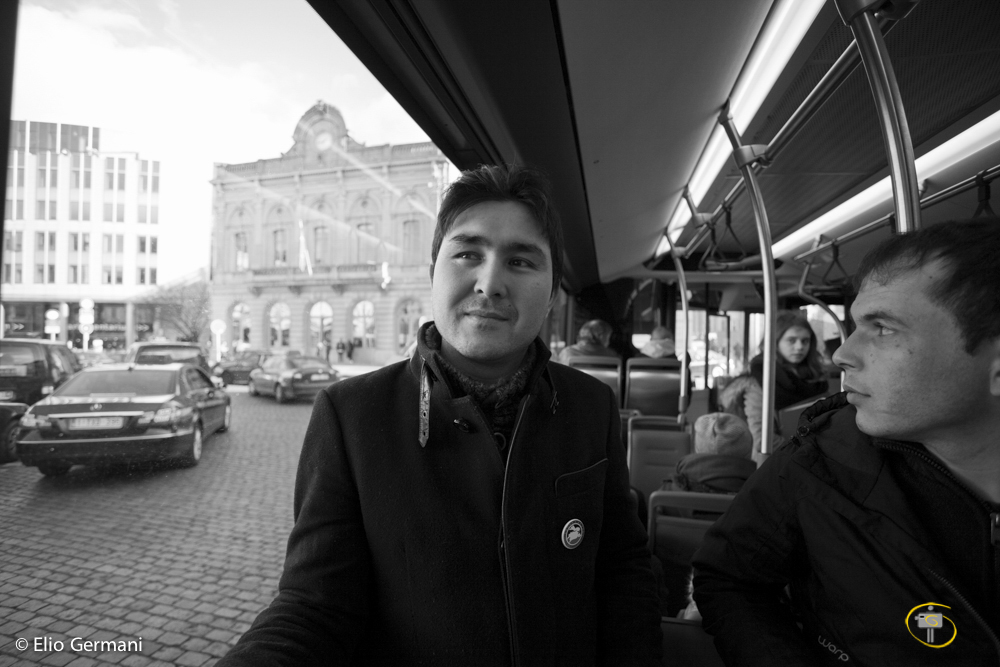
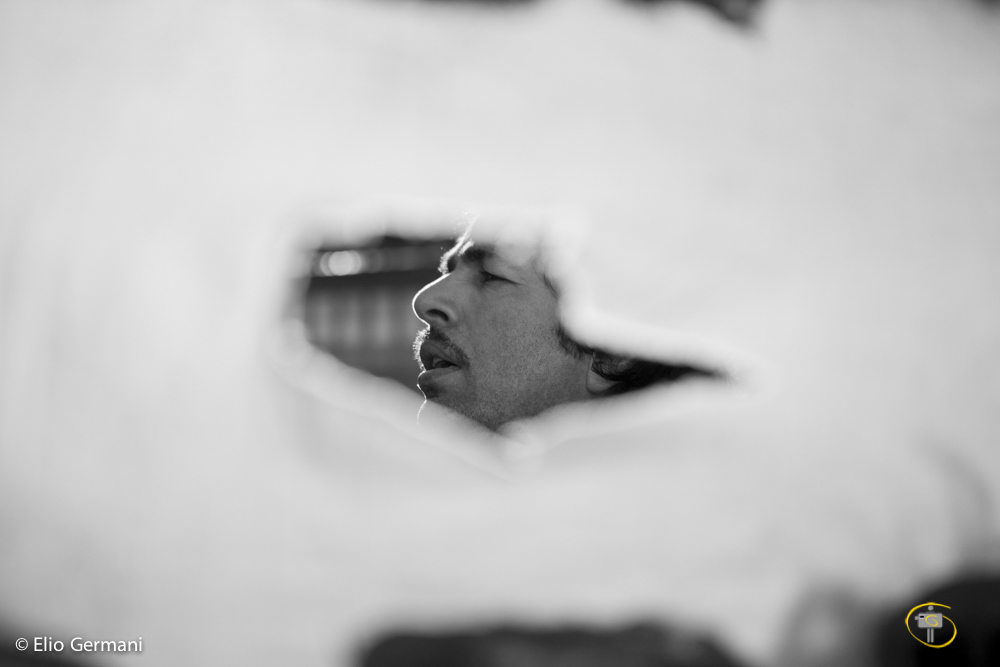
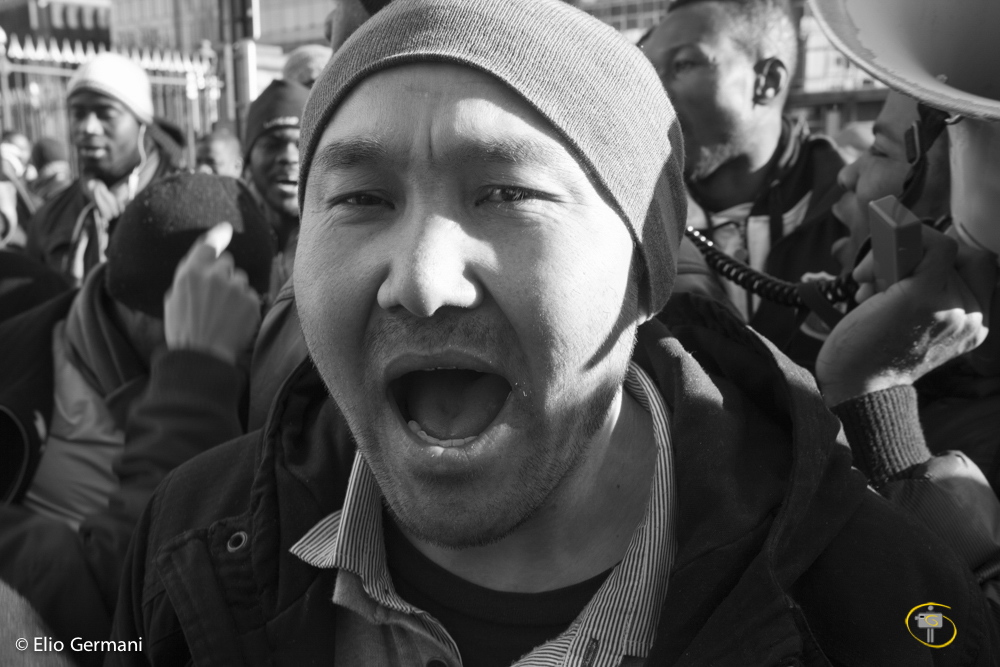
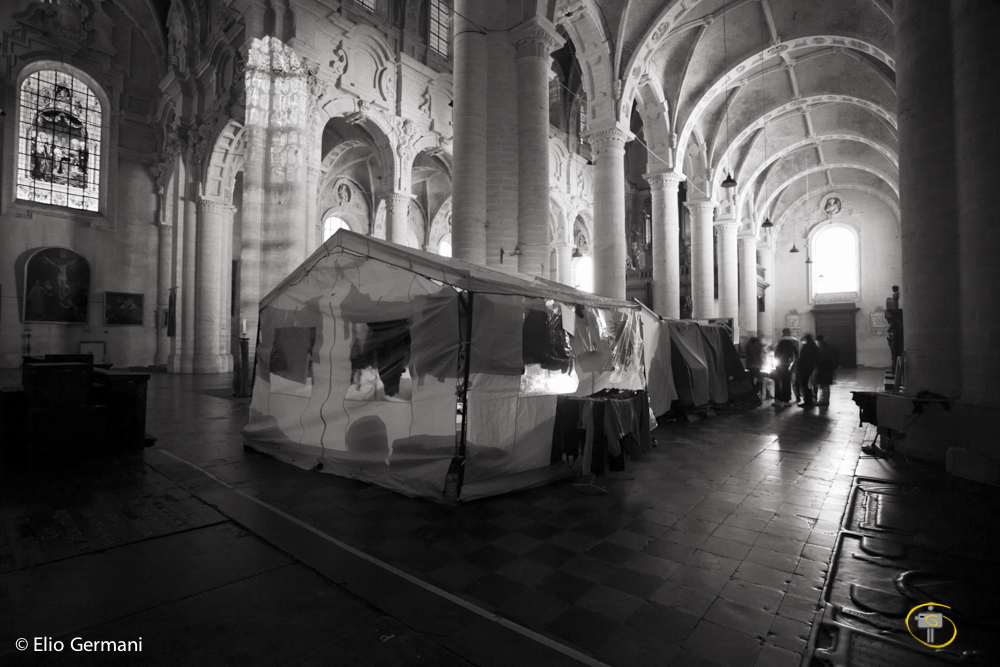
There are no comments
Add yours